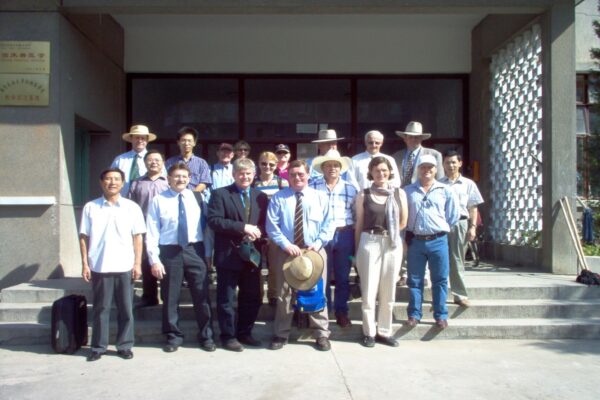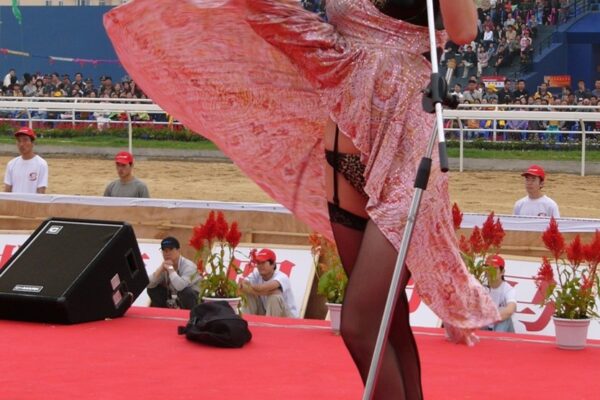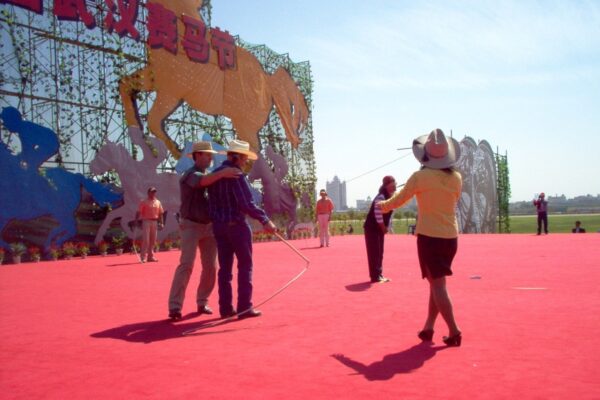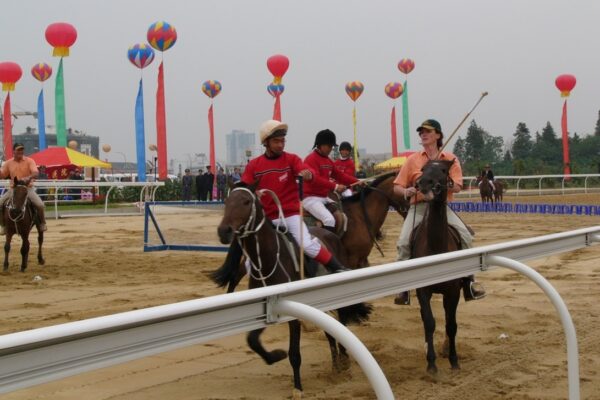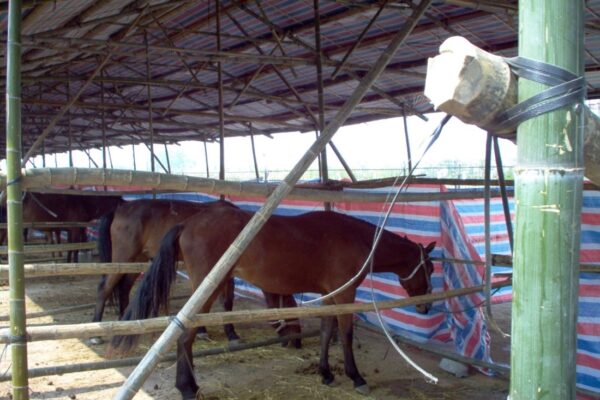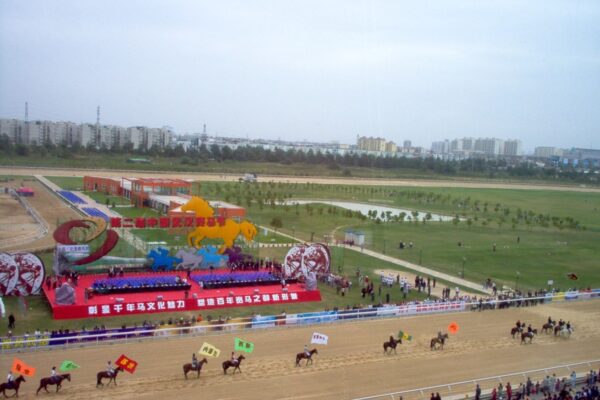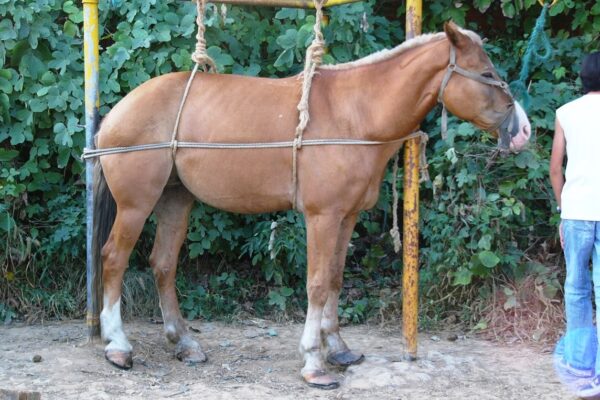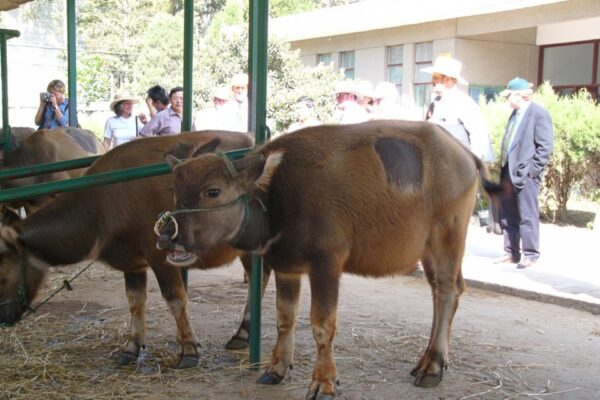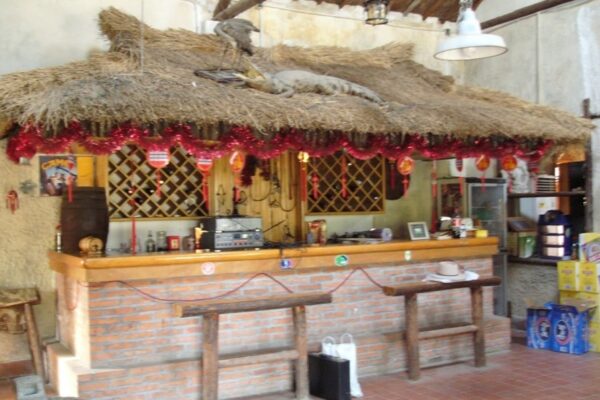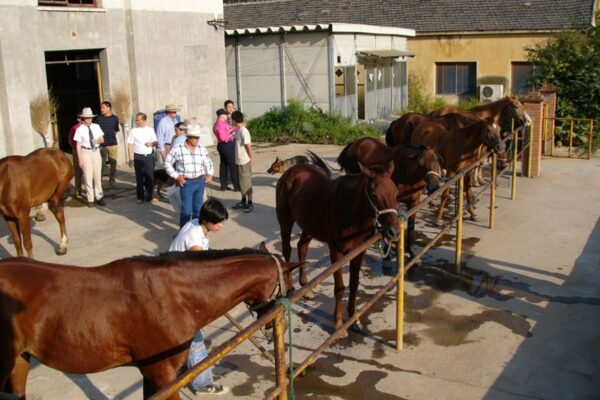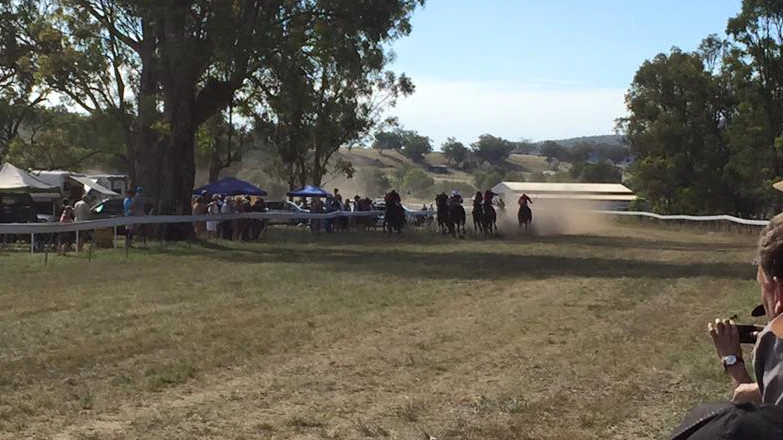Directing a Moment in History: Senior Sergeant Don Eyb, Commander NSW Mounted Police Unit
‘The Australian Stock Horse Journal’ – September/October 2000
See also: https://sconevetdynasty.com.au/sydney-olympic-games-opening-ceremony-2000/
See also: https://sconevetdynasty.com.au/australia-on-horseback-at-sydney-olympic-games-2000/
Featured Image:
Author’s Note: I live in Scone, have enjoyed a longstanding association with the Australian Stock Horse Society since inception (1971) and yet I knew nothing of this totemic event which rightfully captured and transfixed global attention at the Olympic Games Opening Ceremony 2000! I was aware that ASHS General Manager and Scone Shire Council Councillor Brian Brown had zealously pursued the rights with SOCOG 2000 for Australian Horses be included in the great celebration. Everyone was. Brian was his own best self-promotor. He succeeded beyond his and our wildest dreams! His successor Steve Guihot was his antithesis. Steve could keep a secret! I never knew the ASHS riders were training in Scone; although I knew several of them?
At about the same time (1997) I’d assumed my modest role as Councillor (Veterinary & Horse Committees) with the Royal Agricultural Society of New South Wales. We run the annual Sydney Royal Easter Show. Senior Sergeant Don Eyb was Commander of the NSW Mounted Police Unit. It was his annual obligation to produce the NSW Mounted Police Musical Ride at each SRES. It’s one of the perpetually popular major ring events every year. I think it’s also the very best public relations exercise the NSW Police Force has! I only learned later of Don’s exceptional triumph at Olympic Park; and not from him! He was yet another inconspicuous champion in the ‘Modesty Stakes’! It’s my view Senior Sergeant Don Eyb was the ‘clandestine’ hero of the Sydney Olympics Opening Ceremony.
Directing a Moment in History
Just imagine being asked to choreograph and direct 120 horse and riders who are to perform the official welcome in the opening Ceremony of the Olympic Games. An event staged before 110,000 people (‘I was there’), with another three and a half billion watching around the world. It was a moment in history.
Commander of the NSW Mounted Police Unit Senior Sergeant Don Eyb was handed the job in January (2000), when he was asked by SOCOG, and Horsemaster Tony Jablonsky, to train and co-ordinate the first segment of the Opening Ceremony.
Senior Sergeant Don Eyb was asked because he was the only person in NSW known to have experience in training large numbers of horses. According to Senior Sergeant Don Eyb, it was the most nerve-racking experience of his life!
Opening ceremony organisers Ric Birch and Ignatius Jones had a basic concept, with the riders bringing in the Olympic Flag, staying for the National Anthem and then taking out the Australian Flag – as well as performing the Olympic Rings. The rest was up to Senior Sergeant Don Eyb.
“I had to devise a practical routine which all the horses could manage,” Sergeant Don Eyb said.
“The first object was to get the volunteer riders to work as a team. Most of them didn’t know each other. Both men and women had come from all walks of life.”
Training for the riders began with learning a mounted troop drill. The group was then introduced to the element of music and the flags.
“Each time we rehearsed there were slight improvements. Horses are creatures of habit and love repetition, so they naturally got better.”
Throughout the performance, Sergeant Eyb was constantly talking to the riders via radio microphones to earpieces hidden beneath the riders’ hats, to help them control their nerves and focus on the job.
“It was a tremendous effort by the riders and support staff, to travel such distances and to put in the necessary time. I was so proud and relieved when it was over. It’s the biggest thig I’ll ever have to do,” Sergeant Eyb said.
“When we started, most of the riders didn’t know each other. When it was over, it was like we were one big family. We’ve all realised we were an important part of history, which has bonded us together.”
The act has created a world record – by using 120 horses, the 2000 Olympic Opening Ceremony has made the Guinness Book of World Records in the category of the most horse used in a public display. This surpasses a previous display in the United States, when 80 horses were used.
A reunion of the riders has already been planned for September 2001, and again in 2004 to coincide with the Athens Olympics.
